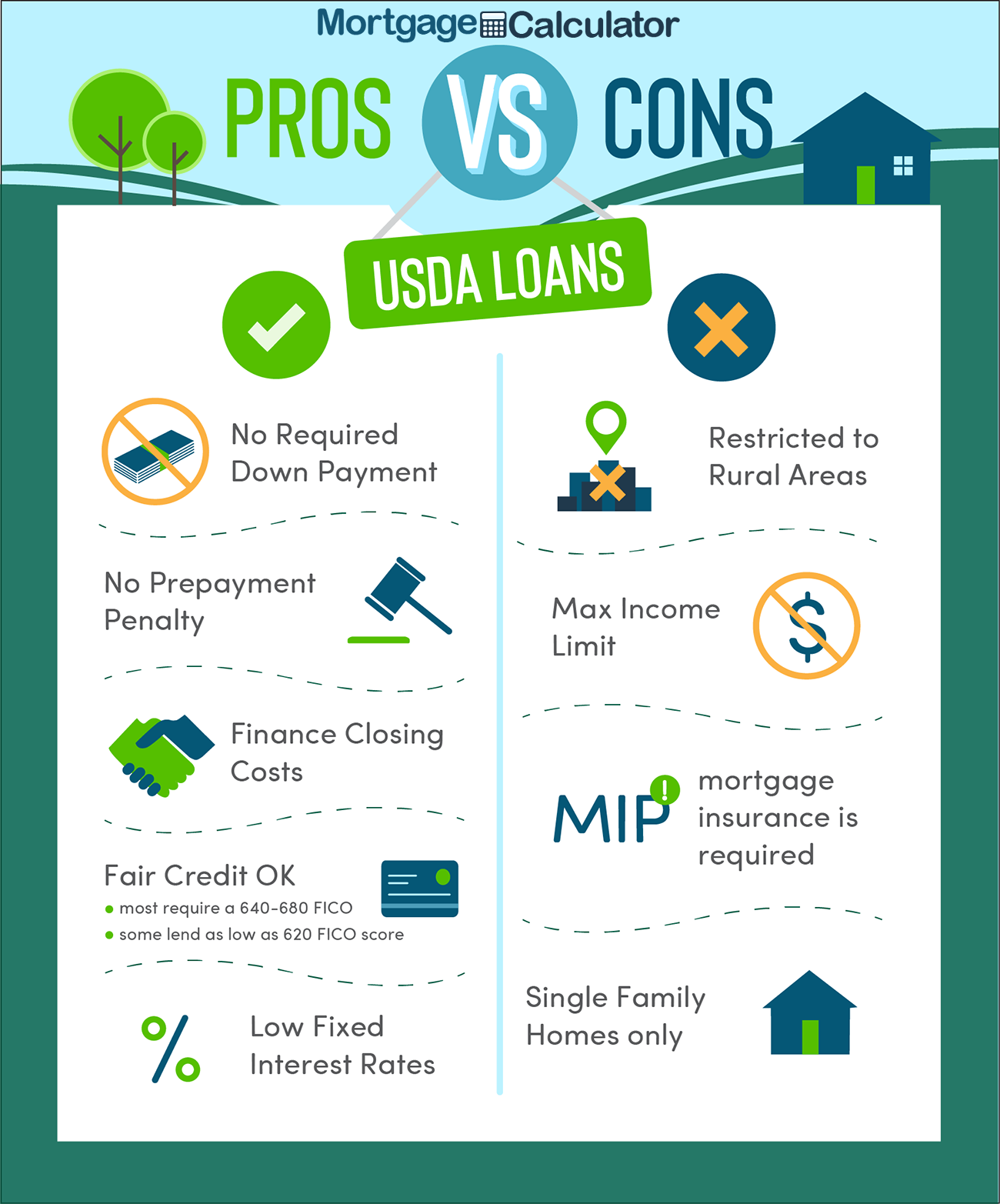Conventional Mortgage Loans: Flexible Financing Solutions for Your Fantasize Home
Conventional Mortgage Loans: Flexible Financing Solutions for Your Fantasize Home
Blog Article
The Important Variables to Think About When Picking Between Fixed-Rate and Variable-rate Mortgage Fundings
When examining home loan alternatives, debtors encounter a pivotal choice between adjustable-rate and fixed-rate loans, each presenting prospective risks and unique advantages. Key considerations such as passion price security, predictability in month-to-month repayments, and the ramifications of potential rate changes can dramatically affect lasting financial health. Furthermore, comprehending the expected duration of homeownership and the general expense of borrowing can shape one's technique. As these elements intertwine with private monetary situations and risk resistance, the implications of this selection might not be as straightforward as they seem. What nuances should be prioritized in this vital decision-making procedure?
Rates Of Interest Security
When picking a home mortgage, recognizing rates of interest stability is vital for educated decision-making. Rate of interest can dramatically affect the overall price of a mortgage, and identifying the nature of these rates is essential for consumers. Fixed-rate home loans supply the advantage of consistent month-to-month payments over the life of the loan, protecting borrowers from market variations. This stability makes it possible for property owners to intend their financial resources with higher assurance, as they will certainly not be affected by increasing rate of interest.
On the various other hand, variable-rate mortgages (ARMs) start with reduced initial prices that may alter periodically based on market problems. While this can result in reduced repayments at first, it likewise presents unpredictability, as customers may deal with boosted payments if rate of interest rise. For those thinking about an ARM, it is vital to evaluate the likelihood of rate adjustments, the capacity for settlement boosts, and the length of the preliminary fixed-rate period.
Ultimately, the option between adjustable-rate and fixed-rate home loans rests on private danger tolerance and financial scenarios. Comprehending rate of interest rate stability helps customers make educated decisions that straighten with their long-lasting financial goals.
Regular Monthly Settlement Predictability
While debtors frequently prioritize interest price security, the predictability of month-to-month payments is equally vital in the mortgage choice process (Conventional mortgage loans). Month-to-month repayment predictability plays a critical role in budgeting and monetary preparation, as it directly affects a property owner's capital and total monetary health and wellness
Fixed-rate mortgages provide a regular month-to-month repayment throughout the life of the car loan, allowing customers to prepare for and plan their expenditures successfully. This stability can be especially useful for novice buyers or those on a fixed income, as it eliminates the uncertainty linked with varying settlements.
Conversely, adjustable-rate mortgages (ARMs) commonly include reduced initial repayments that can change with time, leading to prospective irregularity in regular monthly commitments. While at first enticing, this unpredictability can make complex financial planning, particularly if debtors do not account for future rate adjustments.
Possible Price Modifications
In the realm of variable-rate mortgages (ARMs), potential rate modifications stand for a considerable factor that consumers must very carefully take into consideration. Unlike fixed-rate mortgages, where the rate of interest continues to be the same for the life of the loan, ARMs are identified by fluctuating rates of interest that are connected to market indices. This irregularity can lead to substantial changes in monthly payments, impacting the debtor's economic planning and budgeting.
Commonly, ARMs have an initial fixed-rate duration during which the rates of official source interest is steady. After this period, nevertheless, the price changes at established intervals-- frequently each year. Debtors have to understand the margin and index made use of to determine these modifications, as they directly affect future rates of interest. Additionally, ARMs typically include caps that limit just how a lot the rates of interest can boost at each change and over the life of the financing, which can give some level of protection versus extreme rate walks.
Understanding these possible changes is critical for consumers, as they directly influence long-term repayment obligations. Evaluating individual financial circumstances and take the chance of resistance is crucial when choosing whether an ARM straightens with one's monetary goals.
Finance Term Considerations
Financing term considerations play a critical role in the decision-making process for customers selecting between adjustable-rate and fixed-rate home mortgages. The size of the loan term considerably impacts regular monthly repayments, rate of interest rates, and overall monetary planning.

Inevitably, consumers must examine their individual scenarios, economic objectives, and market problems when evaluating the ramifications of funding term options within each mortgage type.

General Cost of Loaning
Fixed-rate home loans offer predictable month-to-month repayments, as the passion rate continues to be constant throughout the financing term. This straight from the source predictability can lead to lower general expenses, especially in a steady or decreasing passion price environment.
On the other hand, variable-rate mortgages (ARMs) normally begin with reduced initial rates, causing decreased in advance expenses. Nonetheless, these prices can raise after a preliminary period, causing potentially higher long-lasting expenses. Borrowers need to take into consideration the frequency and level of rate changes, as well as the overall financing duration, to properly examine the economic implications.
In addition, the total cost of borrowing includes not only rates of interest but also costs and various other linked prices, such as shutting costs and insurance (Conventional mortgage loans). Consequently, when evaluating home mortgage alternatives, consumers should carry out a complete expense analysis over the life of the funding. By doing so, they can make an educated choice that aligns with their monetary objectives and run the risk of tolerance
Verdict
Passion rate stability and month-to-month payment predictability are vital for reliable budgeting, while the potential for rate modifications in ARMs introduces monetary unpredictability. Furthermore, the expected duration of homeownership and the total cost of borrowing, including rate of index interest prices and linked fees, should line up with specific economic circumstances and take the chance of tolerance.
Secret considerations such as rate of interest rate stability, predictability in regular monthly payments, and the implications of potential rate adjustments can substantially impact long-term financial health. Interest prices can dramatically influence the overall cost of a mortgage, and recognizing the nature of these prices is essential for debtors. Unlike fixed-rate home loans, where the rate of interest rate remains unmodified for the life of the finance, ARMs are characterized by varying passion prices that are connected to market indices. Furthermore, ARMs typically consist of caps that restrict how a lot the passion rate can increase at each modification and over the life of the funding, which can offer some degree of security versus drastic price walkings.
Passion price security and regular monthly repayment predictability are critical for efficient budgeting, while the possibility for rate changes in ARMs introduces monetary unpredictability.
Report this page